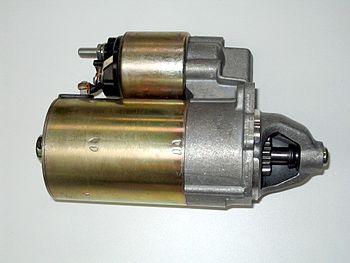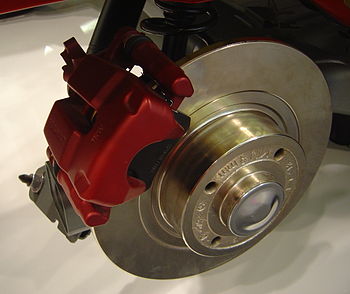A good driver should be very well informed on every system of his car. One system of the car that is very important is

the car electrical system. It is a closed circuit with an independent power source coming from the battery.
The current flows on one cable starting from the battery to the component being powered going back to the battery all the way to the metal body of the car. A thick cable connects the body and the earth terminal of the battery.
Amperes (amps) is the unit that measures the strength of the current, voltage (volts) is the pressure that drives it round the circuit. Today, modern cars have a 12 volt battery where amp/hour is used to measure its capacity. The components of the car will not work if the battery voltage drops or less current flows.
Wires and cables sizes are classified by the maximum amperage they can safely carry. To avoid confusion where a complex network of wires runs through the car, color coding is applied to each wire within the car only. This helps in tracing wire that is not functioning or is defective. Theses wires run side-by-side and are bound together in a bundle then in a plastic or fabric sheath to keep them tidy and not difficult to fit.
The starter motor has its own heavy cable directly connected from the battery. Sparkplugs receive high tension impulses as the circuit is ignited while the generator recharges the battery. Almost all the circuits are wired through the ignition switch that works only when the ignition is switched on. This prevents leaving something switched on that would eventually cause the battery to go flat.
Adding to this, the side and tail lights are independently wired from the ignition switch because these lights are often left on when the car is parked. Another one that is independently wired is the radio of the car so that it can be played with the engine off.
All circuits are opened and closed either by switches or even by relays like remote switched operated by electromagnets. Apart from main charging, ignition and starting circuits, there are other circuits in the electrical system of your car that should always be maintained in good condition.
Resistance is measured in ohms, where the extent to which a wire resists the flow of current. Thin wires have little room for the electrons to travel through making it conduct less easily than the thick wires. Heat is transformed when the needed energy push current through a resistance. Consequently, wire will overheat, blow a fuse or burn out if a component with a high current consumption is connected with thin wires.
A battery gives one direction electrical flow though to some components, it work only if the flow is in the correct direction. This one way flow is called polarity. On most cars, the negative (-) battery terminal is called earthed while the electrical system is the positive (+) one. Therefore, when buying electrical accessories for your car, make sure that the type is suitable for the system of your car.
If you need to know more about cars you can click here.
